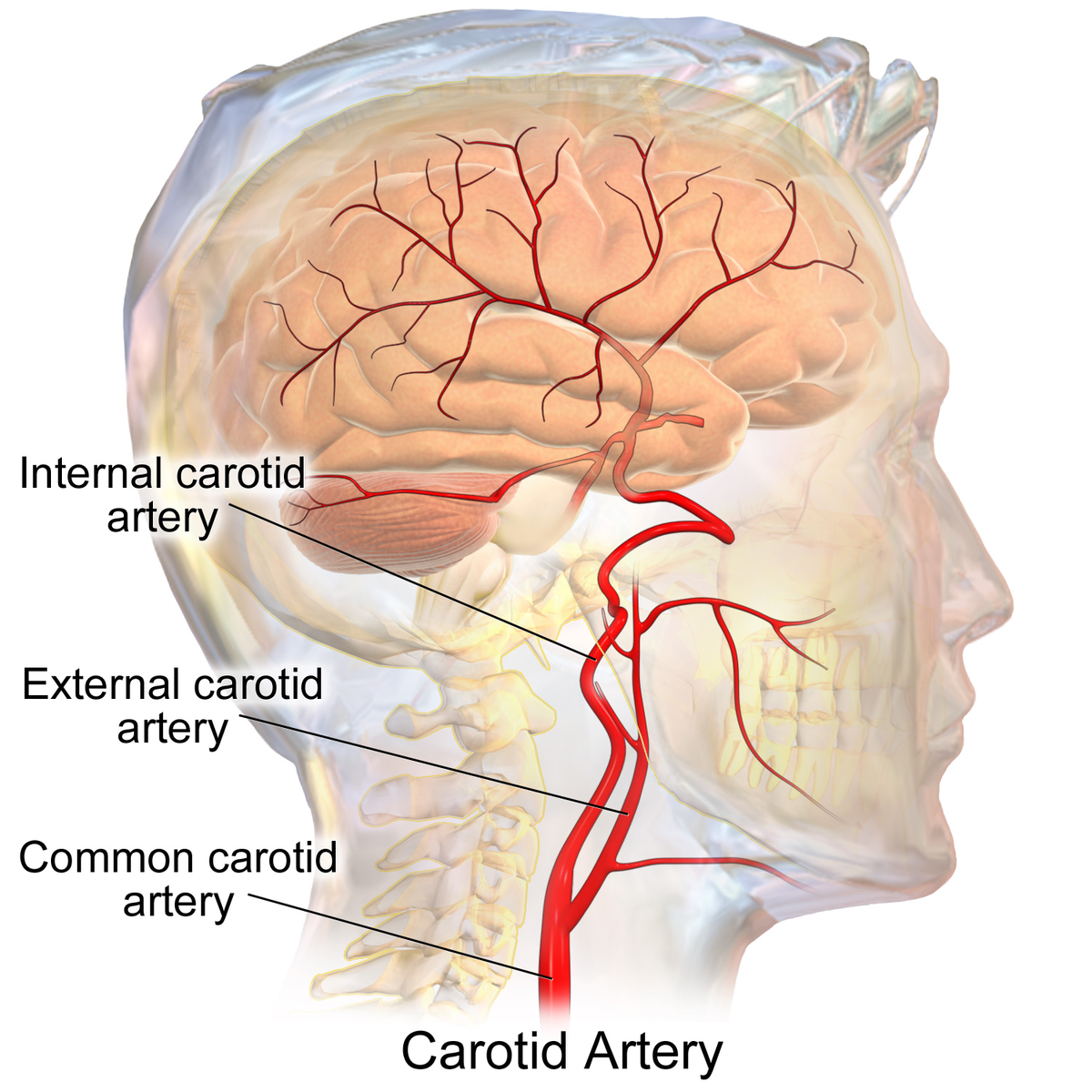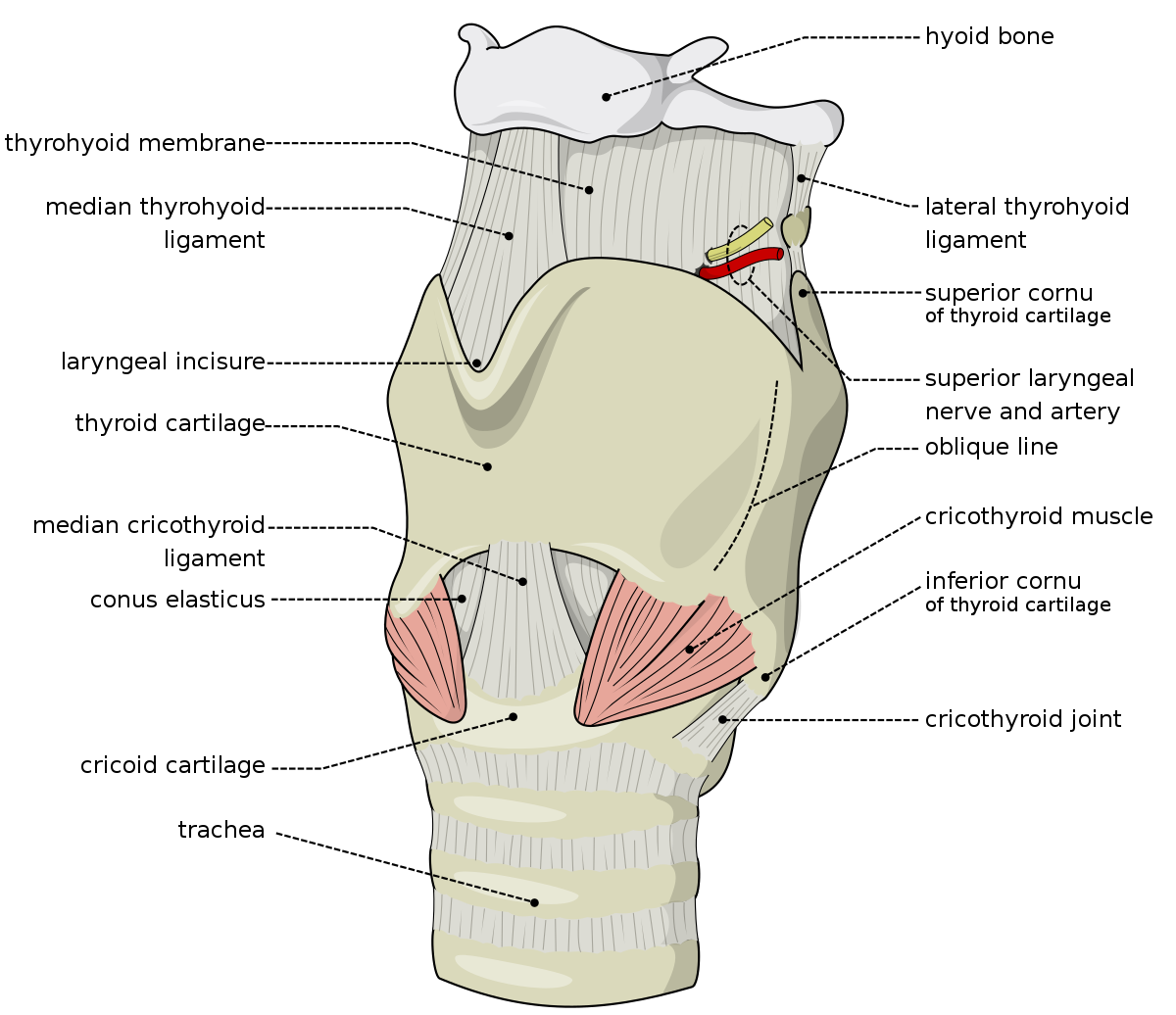Originally posted by FrankO
View Post
But then why bother cutting the throat? I can't imagine he was so concerned about arterial spray that he took precautions to prevent it. And strangulation has its own risks. If you are trying to deprive someone of air, they cannot scream, but they can and do put up one helluva fight. If you are cutting off the blood flow to the brain, it's faster, and there is little fight, but most strangulation methods do not cut off enough of the airway to prevent noise. Maybe not a full throated scream, but something about the level of moaning is totally possible. My stunt Ripper/ fiance put his arm around my throat in the typical stranglehold for a few seconds. I could make a fair amount of noise before seeing stars. Frog like sounds, but loud enough. Evidently the one arm choke hold does not particularly compress the trachea. It just shunts it to the side, curving it enough to make breathing difficult. I could wish he found that experience a little less cathartic.
So I don't know. I was toying with the idea of JtR twisting the victim's head towards him. It would compress the cut, and any residual spurt would go on him, which if he is wearing a dark wool jacket is unnoticeable. But that doesn't fit either. If there is no blood on the chest, they either have to have been on their backs or suspended upside down. It is entirely possibly that this guy was far more lucky than good.








Leave a comment: